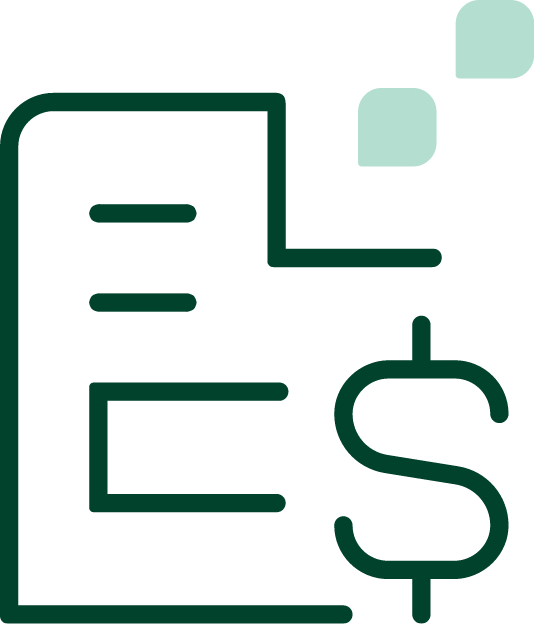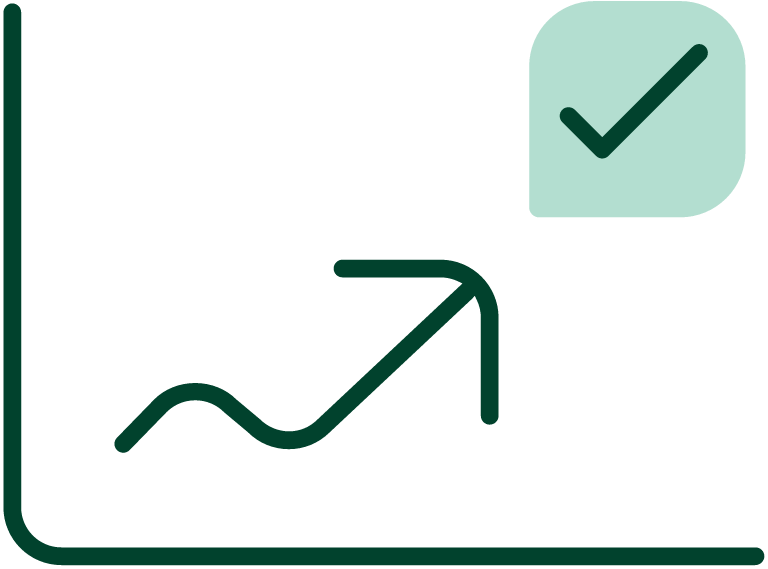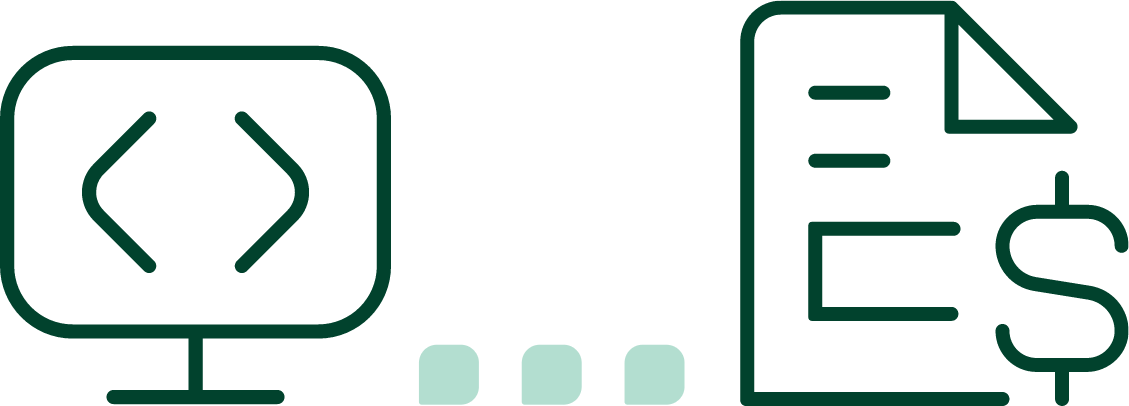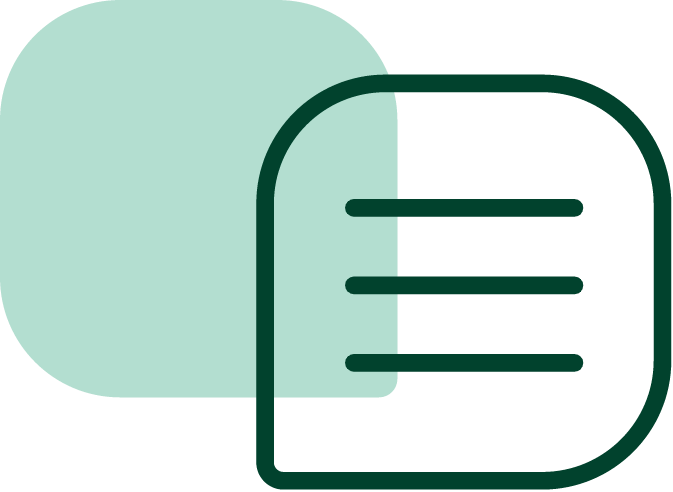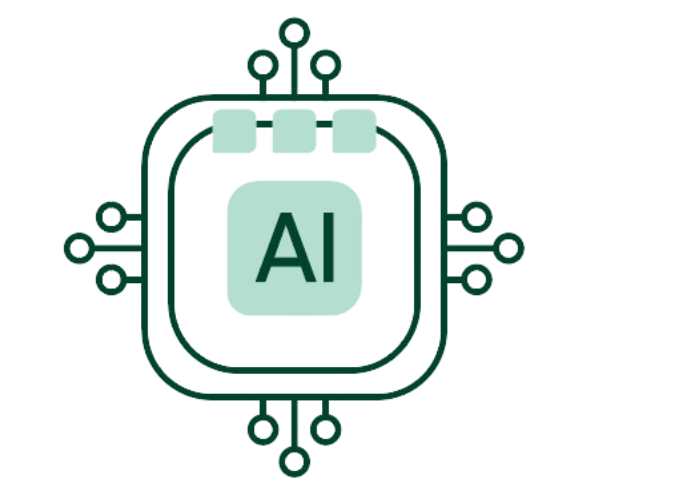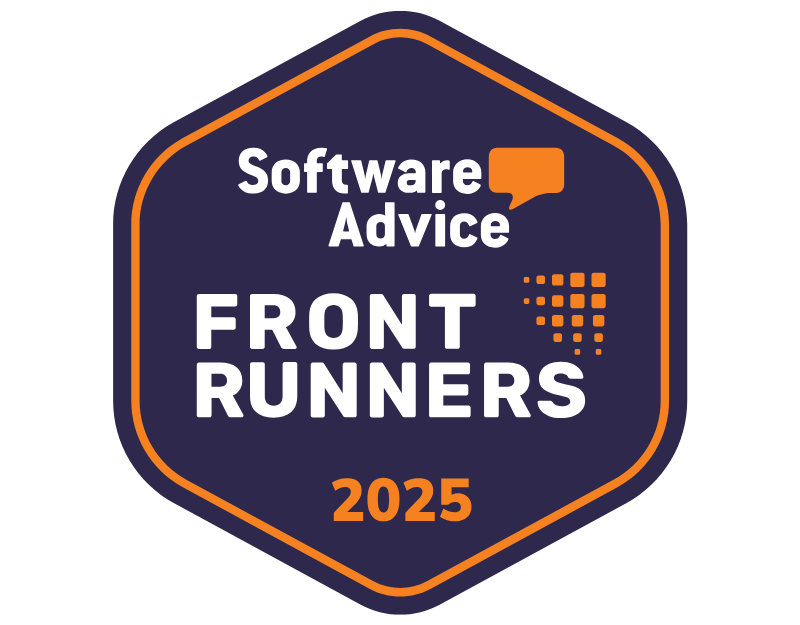In today’s fast-paced business environment, managing accounts receivable efficiently has become critical for maintaining healthy cash flow and competitive advantage. Organizations are increasingly turning to integrated receivables solutions to streamline their financial operations and accelerate their revenue cycles. These comprehensive platforms represent a significant evolution from traditional, fragmented approaches to receivables management, offering businesses a unified system that transforms how they handle customer payments and cash application processes.
What Is an Integrated Receivables Solution?
An integrated receivables solution is a comprehensive, unified platform that consolidates all aspects of the accounts receivable process into a single system. These advanced systems combine credit management, invoicing, collections, and payment processing into one seamless platform, eliminating the need for multiple disparate tools and manual processes that traditionally characterize receivables management.
Unlike traditional approaches where different components of receivables management operate in silos, an integrated receivables platform creates a cohesive ecosystem where data flows seamlessly between various functions. The ability to accept, process AND post any payment method, from any payment channel—all from a single, secure (and compliant) cloud-based platform defines what makes these solutions truly transformative for modern businesses.
The integrated receivables solution serves as the central nervous system for all receivables-related activities, connecting invoice generation, payment processing, cash application, dispute resolution, and collections management. This integration extends beyond simple data sharing to create intelligent workflows that automatically route information, trigger actions, and provide real-time visibility into the entire receivables lifecycle.
Modern receivables automation software leverages artificial intelligence and machine learning capabilities to enhance decision-making and automate routine tasks. These systems can intelligently match payments to invoices, predict customer payment behaviors, identify potential collection issues, and recommend optimal collection strategies based on historical data and customer profiles.
The platform architecture typically includes robust APIs and pre-built integrations with popular ERP systems, banking platforms, and financial institutions, ensuring that the integrated receivables solution can seamlessly fit into existing technology stacks without requiring extensive customization or disrupting current operations.
Key Benefits of Using an Integrated Receivables Solution
The adoption of an integrated receivables solution delivers numerous strategic and operational benefits that directly impact an organization’s bottom line and operational efficiency. These benefits extend across multiple dimensions of business performance, from financial metrics to customer relationships and operational productivity.
Enhanced Cash Flow Acceleration
One of the most significant advantages of implementing global receivables solutions is the dramatic improvement in cash flow timing and predictability. Integrated Receivables is a solution that greatly reduces resources required for the cash application process via automation, accelerates the payment cycle and improves cash flow for businesses. By automating payment processing and cash application, organizations typically see reductions in Days Sales Outstanding (DSO) of 15-30%, translating to millions of dollars in improved working capital for larger enterprises.
Operational Efficiency and Cost Reduction
The consolidation of receivables functions into a single platform eliminates redundant processes and reduces the manual effort required for routine tasks. Organizations often experience 50-70% reductions in time spent on cash application, invoice processing, and collections activities. This efficiency gain allows finance teams to focus on higher-value activities such as customer relationship management and strategic financial analysis.
Improved Accuracy and Reduced Errors
Manual processes inherently introduce opportunities for human error, which can result in payment delays, customer disputes, and reconciliation challenges. Integrated receivables platforms utilize automated matching algorithms and validation rules that significantly reduce processing errors. The elimination of manual data entry and the implementation of straight-through processing capabilities ensure that payment information is accurately captured and applied to the correct customer accounts.
Enhanced Customer Experience
Modern customers expect flexible payment options and transparent communication regarding their account status. An integrated receivables platform enables organizations to offer multiple payment channels, provide real-time payment confirmation, and deliver consistent communication across all touchpoints. This improved customer experience often translates to faster payments and stronger customer relationships.
Comprehensive Visibility and Analytics
The unified nature of integrated receivables solutions provides unprecedented visibility into receivables performance through real-time dashboards and advanced analytics capabilities. Finance teams can monitor key performance indicators, identify trends, and make data-driven decisions to optimize their accounts receivable strategies. This visibility extends to individual customer behaviors, enabling personalized collection approaches and risk management strategies.
Scalability and Flexibility
As businesses grow and evolve, their receivables management needs become more complex. Integrated receivables platforms are designed to scale with organizational growth, accommodating increased transaction volumes, new payment methods, and additional currencies without requiring system replacements or major reconfigurations.
Core Features of Global Receivables Solutions
Modern global receivables solutions incorporate a comprehensive suite of features designed to address every aspect of the receivables lifecycle. These features work in concert to create a seamless, efficient, and intelligent receivables management ecosystem.
Multi-Channel Payment Processing
Contemporary integrated receivables platforms support all major payment methods and channels, including ACH transfers, wire transfers, credit cards, checks, and emerging digital payment methods. An Integrated Receivables solution also allows for the onboarding of additional payment channels as the need arises, ensuring that organizations can adapt to changing customer preferences and market conditions without system limitations.
Intelligent Cash Application
Advanced cash application engines utilize machine learning algorithms to automatically match incoming payments to outstanding invoices, even when payment information is incomplete or inconsistent. These systems can handle partial payments, overpayments, and complex payment scenarios with minimal human intervention, dramatically reducing processing time and improving accuracy.
Automated Invoice Generation and Delivery
The platform automates the entire invoice lifecycle, from generation based on ERP data to delivery through multiple channels including email, electronic data interchange (EDI), and customer portals. Advanced formatting capabilities ensure that invoices meet specific customer requirements and regulatory standards across different jurisdictions.
Collections Management and Workflow Automation
Sophisticated collections modules incorporate configurable workflows that automatically escalate overdue accounts based on predefined rules and customer risk profiles. The system can generate personalized collection letters, schedule follow-up activities, and track collection performance across different strategies and customer segments.
Dispute Management and Resolution
Integrated dispute management capabilities allow customers to submit disputes directly through self-service portals while providing collections teams with workflow tools to investigate, resolve, and track disputes. This feature helps reduce the time to resolution and improves customer satisfaction during dispute processes.
Real-Time Reporting and Analytics
Comprehensive reporting capabilities provide insights into receivables performance through customizable dashboards and detailed analytical reports. Advanced analytics features can identify patterns in customer payment behavior, predict collection outcomes, and recommend optimization strategies based on historical performance data.
ERP and Banking Integration
Robust integration capabilities ensure seamless data flow between the receivables platform and existing enterprise systems. Pre-built connectors for major ERP platforms and banking systems eliminate the need for custom development while ensuring data consistency across all systems.
Customer Self-Service Portals
Modern integrated receivables platforms include customer-facing portals that enable customers to view outstanding invoices, make payments, submit disputes, and access account history. These self-service capabilities reduce customer service workload while providing customers with the convenience and transparency they expect.
How Integrated Receivables Improve Cash Flow Management
Cash flow management represents one of the most critical aspects of financial operations, and integrated receivables solutions provide multiple mechanisms for optimizing cash flow performance. The impact extends beyond simple acceleration of payments to encompass predictability, visibility, and strategic cash management capabilities.
Accelerated Payment Cycles
The automation capabilities inherent in integrated receivables platforms directly translate to faster payment processing and cash application. These solutions automate and streamline accounting workflows in real-time, increasing liquidity and ensuring more efficient cash flow management. Organizations typically see immediate improvements in their cash conversion cycles as payments are processed and applied more quickly than traditional manual processes allow.
Enhanced Cash Flow Predictability
Advanced analytics and reporting capabilities enable finance teams to develop more accurate cash flow forecasts based on historical payment patterns, customer behavior analysis, and current receivables aging. Machine learning algorithms can predict payment probabilities for individual invoices, allowing for more precise cash flow planning and working capital management.
Optimized Working Capital Management
By providing real-time visibility into receivables performance and automating collection processes, integrated receivables solutions enable organizations to optimize their working capital requirements. The improved visibility allows finance teams to identify collection opportunities, prioritize high-impact activities, and make informed decisions about credit policies and payment terms.
Reduced Collection Costs
Automated collection workflows and intelligent prioritization reduce the resources required for collection activities while improving collection effectiveness. The system can automatically identify the most effective collection strategies for different customer segments and situations, reducing costs while maintaining or improving collection rates.
Strategic Cash Management Integration
Modern integrated receivables platforms often include integration capabilities with treasury management systems and cash management platforms, enabling automated cash positioning and investment decisions based on real-time receivables data. This integration ensures that collected cash is immediately available for strategic deployment or investment.
Risk Mitigation and Credit Management
Integrated credit management capabilities help organizations proactively manage customer credit risk through automated credit monitoring, limit management, and early warning systems. By identifying potential collection issues before they become significant problems, organizations can take proactive measures to protect their cash flow.
The implementation of accounts receivable automation best practices through an integrated receivables solution represents a strategic investment in financial operational excellence. Organizations that successfully deploy these platforms typically see improvements across multiple financial metrics, including reduced DSO, improved collection rates, decreased bad debt expenses, and enhanced cash flow predictability.
The comprehensive nature of integrated receivables solutions makes them essential tools for modern accounts receivable management, providing the foundation for sustained financial performance improvement and competitive advantage. Through detailed accounts receivable analysis, organizations can continuously optimize their receivables performance and adapt their strategies to changing market conditions and customer expectations.
As businesses continue to digitize their financial operations and customers demand more convenient and flexible payment experiences, integrated receivables solutions will become increasingly critical for maintaining operational efficiency and financial performance in competitive markets.
Why Gaviti Should Be Your Integrated Receivables Solution
When selecting an integrated receivables platform, organizations need a solution that combines cutting-edge technology with proven results and seamless implementation. Gaviti empowers B2B firms with scalable, predictive accounts receivable control, handling billions in transactions globally through an AI powered accounts receivable platform that automates the repetitive and makes A/R controllable, predictable, and scalable.
- AI-Powered Automation Excellence: Gaviti leverages AI technology to optimize workflow efficiency and accuracy with just one click, resulting in improved cash flow management.
- Comprehensive Multi-Channel Payment Processing: Gaviti’s self service customer payment portal streamlines payment processes by offering multiple payment options with an intuitive interface, automation, and insightful analytics.
- Proven DSO Reduction and Cash Flow Improvement: Gaviti’s platform helps reduce Days Sales Outstanding (DSO) and improve cash flow through intelligent automation, real-time analytics, and customizable workflows, with documented DSO improvements of 30%. These results directly deliver on the cash flow acceleration benefits that define successful integrated receivables implementations.
- Seamless ERP Integration: Gaviti integrates enterprise resource planning and accounts receivable automation to streamline operations from end to end, easily adapting to company workflows and integrating with any company ERP system.
- Centralized Credit Management: Gaviti seamlessly integrates credit request dispatch, credit limit setting, and centralized analytics, consolidating everything into a single dashboard for comprehensive oversight that enhances decision-making processes.
Gaviti represents the evolution of integrated receivables solutions, combining the essential features and benefits outlined in this article with innovative AI capabilities and a track record of delivering measurable results. To learn more, schedule a live demo with a product specialist.

